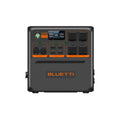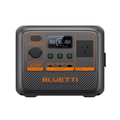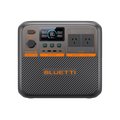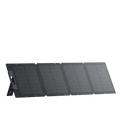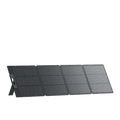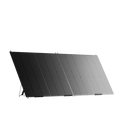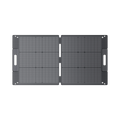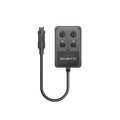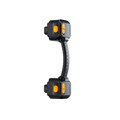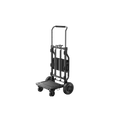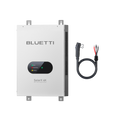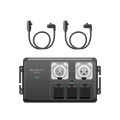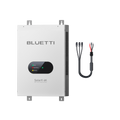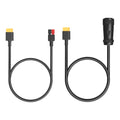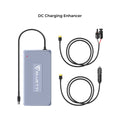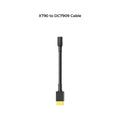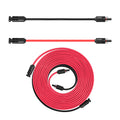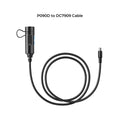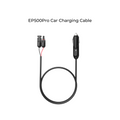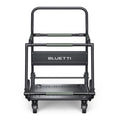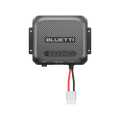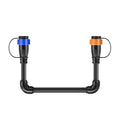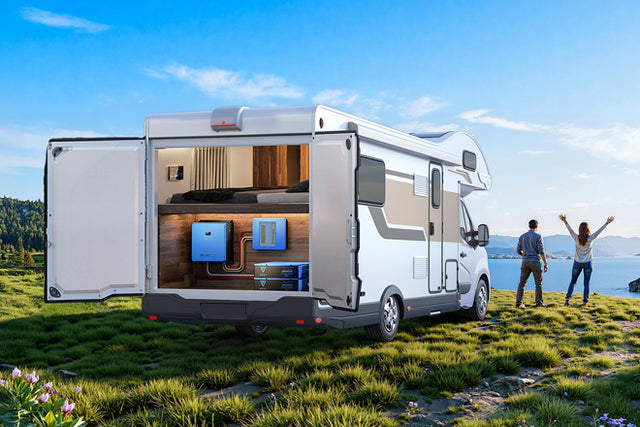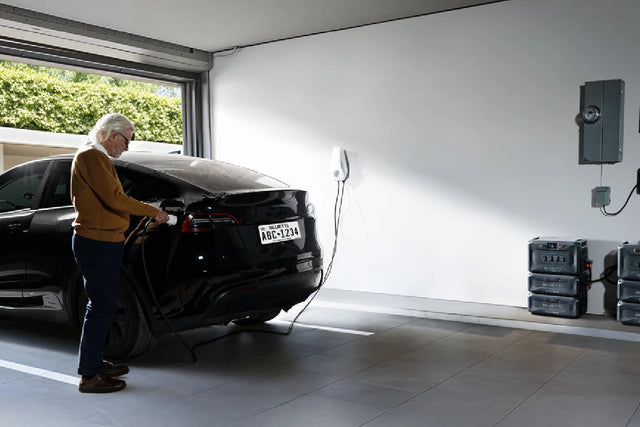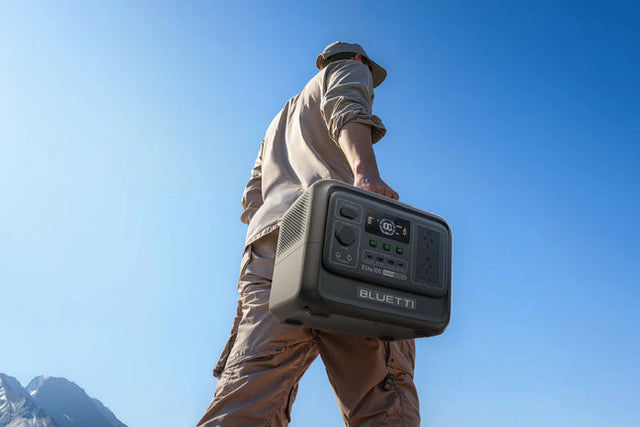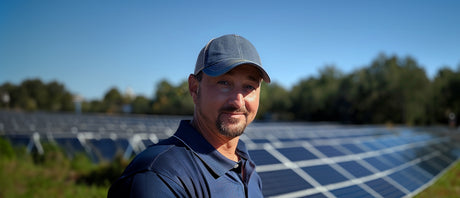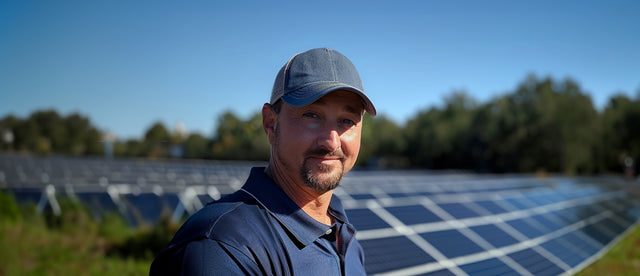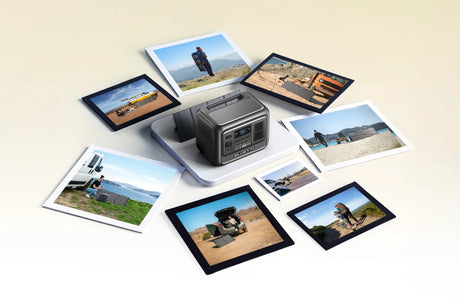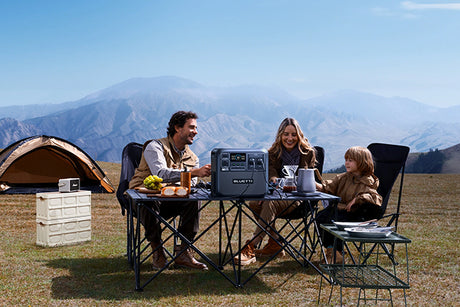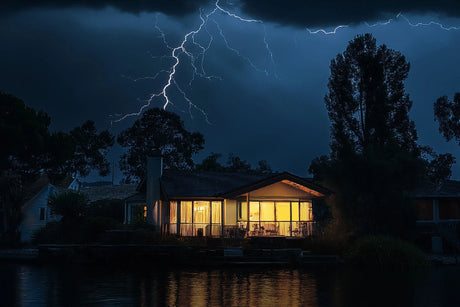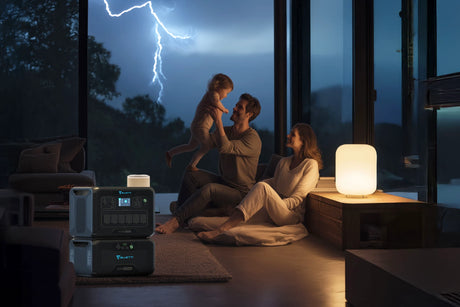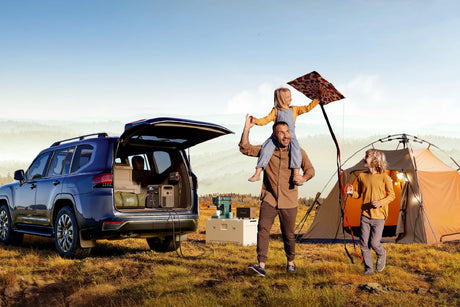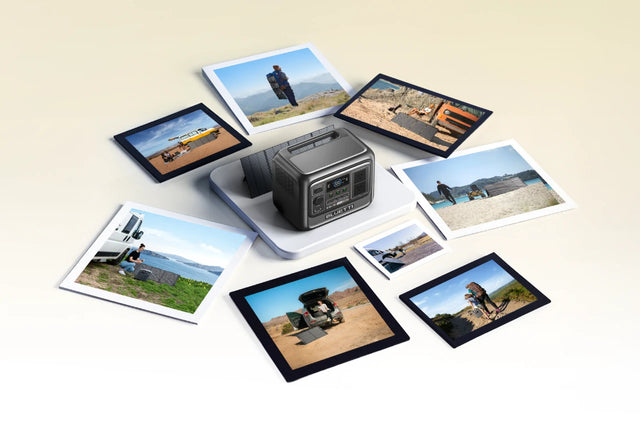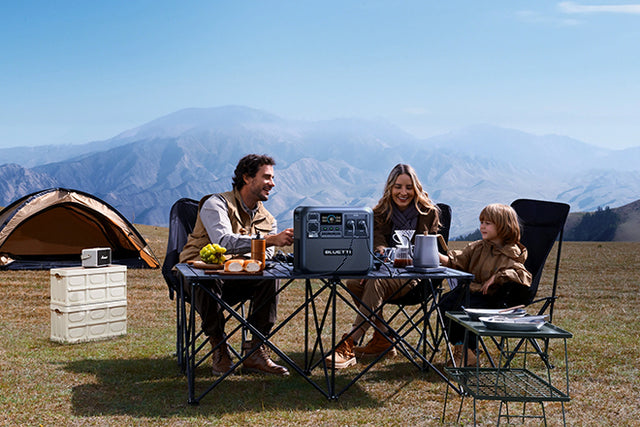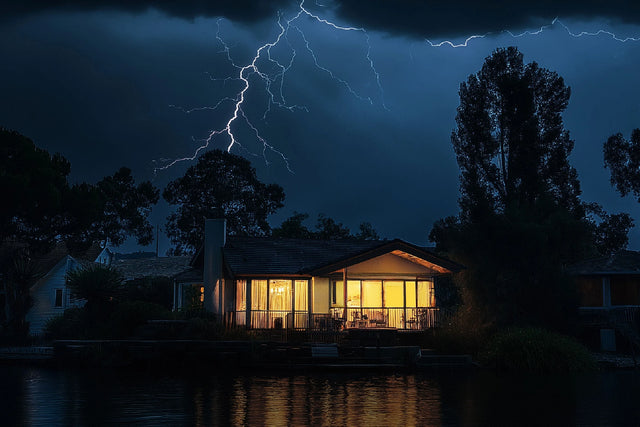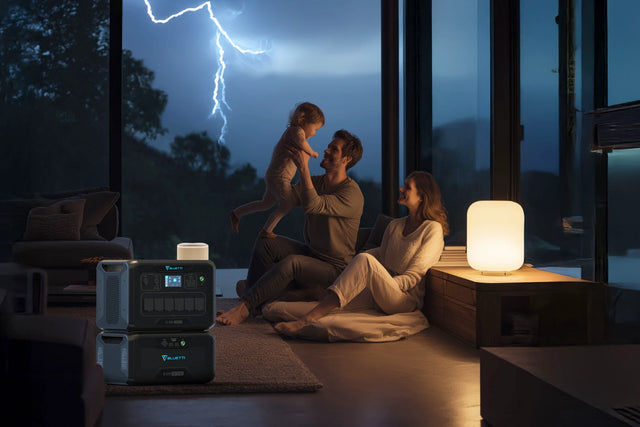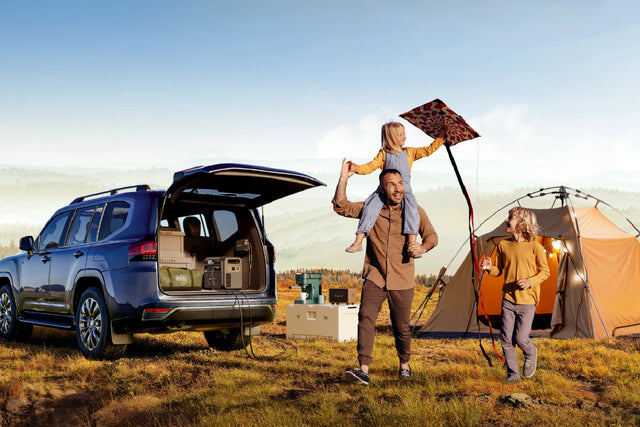Modern lifestyles are centred around technology, and also moving around. Our energy-hungry devices are in constant need of charging, which means many of us are always hunting for power points when we're out and about. From phones to tablets, laptops, smartwatches, cameras, drones, GPS devices and more, keeping everything powered up can be a real challenge.
We're more connected than ever before, but we also need lots of power to keep everything going, and it's not always available.
With the rise of remote working, off-grid living and traveling in the great outdoors, it's never been more essential to have your portable power pack that will give you the electricity you need, wherever you happen to be. And at a time when storms, floods and bushfires are becoming more common around Australia, largely due to extreme weather linked to climate change, your own power pack can be a real lifesaver.

What Is a Power Pack and What Can It Do?
A power pack is a portable device that's compact, so it's easy to move around, and is rechargeable. Using lithium-ion or lithium iron phosphate (LiFePO₄) battery cells, it stores electricity for use when you need it.
A lithium power pack, as well as other battery types, will have ports that allow you to plug in appliances and to charge an array of devices. It may also have an inverter for AC power use. That's what standard wall sockets provide and what household appliances run on.
If you think of a traditional generator that runs on petrol or diesel -- the bulky, noisy, polluting kind -- then a power pack is much smaller and far more portable.
A portable power pack lets you:
-
Charge it at home, via a wall socket, as well as in a vehicle, via a 12V connection, and by using solar power -- giving you free and abundant energy.
-
Store energy in the battery and convert it to useable power when you require it.
-
Charge the power pack while running appliances and charging devices at the same time, if it features pass-through charging.
The types of outputs typically available for a power pack for phone charging or camping power pack, as well as for other uses, include:
-
USB-A and USB-C: for charging phones, tablets, cameras and more.
-
12V car port (DC): fridges and fans.
-
AC outlets: laptops, lights, TVs.
Lithium power packs have increasingly become the norm as they're lighter, faster to charge and last longer. They're also safer than older battery types. The BLUETTI EB3A power pack, for example, has a whopping 12,000mAh capacity and uses LiFePO₄ cells, giving you reliable and risk-free performance for years.

You need to take into account mAh (milliamp-hours) and also Wh (watt-hours) when choosing a power pack. The former is often used for phone charging, like with the BLUETTI AC2A, while the latter tells you how much energy can be stored.
Choosing the Right Power Pack for Your Needs
A portable power pack can be invaluable in the following settings:

At-home Backup and Convenience
When the power goes out, or when there's a brownout -- a situation when the electricity supply from the grid fluctuates or is below normal -- having a backup option like the BLUETTI AC2A (8000mAh) is ideal. You can easily move it from one room to another and it will charge your phones and tablets, and also your WiFi.
Mobile Workstations and Day Trips
A lithium power pack like the BLUETTI EB3A (12000mAh) is a solid choice for digital nomads who need to work in all kinds of settings and where there may be little or no grid supply. You can use laptops and other devices as well as lights and appliances with low power requirements.
Weekend Camping and Family Outings
For more power, such as when you want to run things like small fridges, fans, Bluetooth speakers and more, a portable power pack like the BLUETTI AC50B (20000mAh) is ideal. It's high-capacity, rugged and will let you run what you need for longer periods. It has AC and DC outputs for various appliances and devices.

Power Packs vs Traditional Generators -- the Cleaner, Smarter Alternative
Some people still use traditional generators for their backup power needs, and if you're thinking of getting one too, here are some comparisons with a portable power pack that may help you make a choice.
No Fuel Required
Traditional petrol and diesel generators obviously need fuel to run. This makes them inconvenient when camping and potentially dangerous during bushfire season. Plus, having to constantly buy fuel is an expensive undertaking, and you need room to store it.
Power packs don't need fuel. Many are charged via solar panels, meaning you get your fuel for free, and it's an endless supply.
Silent Operation
The noise a traditional generator gives off is equivalent to that of a lawnmower, in the 60–90 range. So they can ruin a camping experience, and annoy your neighbours. They also risk disturbing wildlife in the area. For this reason, you may find they're banned in some park areas.
A portable power pack, by contrast, runs silently, making it ideal for use at campsites, in the home, in backyards and just about anywhere.
No Exhaust Fumes
Traditional generators give off harmful substances that include carbon monoxide and nitrogen oxides, so they’re not suitable for indoor use or beside camping setups like tents and awnings.
A power pack doesn't emit any fumes, as no fuel is burned. With zero emissions, they're safe to use anywhere.
Instant Power
You need to use a pull cord to get a traditional generator going, and they don't always start on the first attempt. And then it takes time for them to warm up and begin operating optimally.
When you turn a camping power pack or power pack for phone charging on, there are no delays and you get power straight away.
No Maintenance
Generators require a lot of maintenance, as there are many moving parts, and filters that need changing and spark plugs that have to be checked. Plus, oil needs to be changed regularly.
Because there are no moving parts in a portable power pack, almost no maintenance is required.
Eco-Friendly Solution
Traditional generators are not kind to the environment, due to their fossil fuel use and toxic emissions. As Australia transitions to renewables, solar-powered power packs are a sustainable choice for backup and other electricity needs.
The Rise of Solar-Powered Power Packs
As fossil fuels are increasingly phased out and Australia moves to eco-friendly solutions, solar charging has become an incredibly popular choice. Being able to use the energy from the sun to charge a portable power pack has made them even more attractive to Australians. Here's why:
-
Perfect Match for Australia’s Climate
Australia's abundant sunshine makes solar charging an obvious choice for solar charging. Power packs with this option let you top up your lithium power pack during the day, giving you freedom from the electricity grid and eliminating the need to buy fuel.
-
Free and Renewable Energy Source
The only cost associated with using solar energy is the initial purchase of a compatible solar panel. From there, you're using free energy for as long as you want. You'll make substantial savings over buying a traditional generator and its ongoing fuel requirements.
-
Convenience on Long Trips
If you're camping in the outback or elsewhere for an extended duration, a portable power pack that charges from sunlight means you don't have to keep worrying about fuel supplies. Just use your solar panels during the day and you can keep your power pack topped up.
-
Portable Solar Panels
Lots of brands, including BLUETTI, offer lightweight solar panels that are also foldable, making them easy to pack and use. Their flexible design means you can reposition them with ease to capture the maximum amount of sunlight.
How Long Do Power Packs Last?
A question on many Australians' minds when they're considering buying a portable power pack is how long it will last. A number of factors affect the lifespan of a lithium power pack, including:
Charge Cycles
The main measure of how much life you'll get out of a portable power pack is the charge cycle. One cycle is fully using the battery's power, or discharging it, and then charging the battery again.
-
Cheaper lithium-ion power packs will give you around 500–800 cycles.
-
LiFePO₄ power packs (such as those in BLUETTI power packs) usually provide 2,500–3,500 full cycles. That means many years of use.
Expected Usage
For light or moderate use, in the home, out camping or in a remote working setup, you can expect to get between eight and 10 years from a lithium power pack.
But you'd get around half that, or five to maybe even seven years, if you're using a power pack every day and for heavy use, to run a range of appliances and devices.
Safe Storage for Lifespan
To ensure your portable power pack's longevity, make sure to store it either fully charged or at around 50% charged when you're not planning to use it for long periods. And store it in a cool place as heat can degrade the battery's cells -- although LiFePO₄ batteries are generally more heat-resistant.
Maintenance
While you won't need to carry out regular maintenance on a portable power pack, the way you would with a traditional generator, checking it over every now and then will help to ensure it lasts. Make sure it's free from dust and moisture, and if there are any wear-and-tear issues that could cause problems. Also, update the power pack's firmware provided by the manufacturer.
Warranty
Before you buy, make sure your power pack has a solid warranty, so that if something does go wrong, you can get it fixed. A long warranty, of anywhere from two to five years, will tell you the manufacturer has used quality components and has confidence in the product. See if the warranty includes:
-
Battery degradation
-
Charging cycle coverage
-
Component replacement
Outdoor Protection
As many Australians use camping power packs, how you take care of one while in the outdoors will affect its lifespan. Choose a power pack that has rugged casing to protect it from any knocks while driving and moving it about, and any potential drops. You'll need one that's able to withstand Australia's varied conditions, including heat, humidity and dust. And make sure you don't leave your power pack outside during rainstorms.
FAQs
What Is a Power Pack Used For?
A power pack stores electricity and is used to provide portable power when you need it. It can run a range of appliances and charge devices, during power cuts, when out camping or any other situation where you might need an instant power backup.
What Is the Difference Between a Power Bank and a Power Pack?
A power pack is a relatively small unit that's generally used for low power needs, charging devices and running appliances that don't have high power requirements.
A power bank, on the other hand, has a lot more battery capacity and versatility, meaning you can use it to run anything from lighting to fridges, medical equipment, laptops and more.
Can a Power Pack Run a Fridge or Other Appliances?
Larger power packs that have AC output can run mini-fridges, fans and possibly even TVs. The size of the power pack will tell you how long you can run various appliances for. Check its wattage and capacity to make sure it’s suitable for your camping, emergency power or other needs.
Shop products from this article
Be the First to Know
You May Also Like
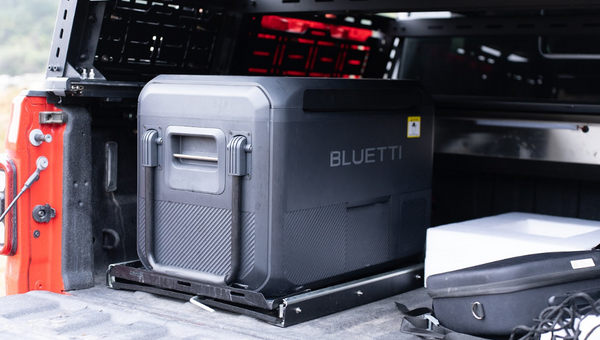
Let’s discover what you understand by a 12V fridge, its merits, its demerits, and whether it suits you or not. Also discover BLUETTI 3-in-1 Fridge Freezer.
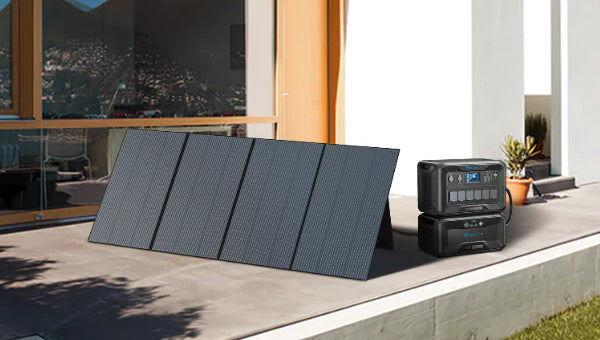
Here’s how to clean solar panels on roof the right way. Learn about DIY options, costs, and what to avoid to get the most out of your investment in solar.
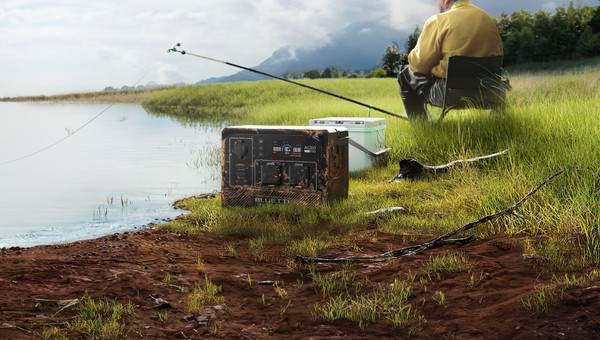
Discover what IP ratings are and how to select the ideal protection degree for phones, power stations, outdoor equipment, and industrial devices.


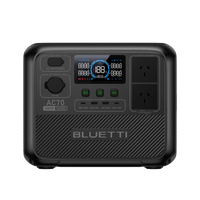
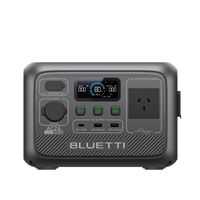
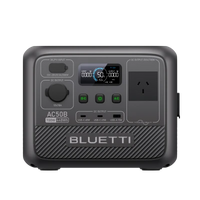

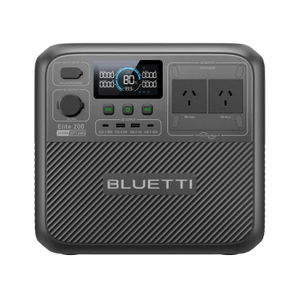
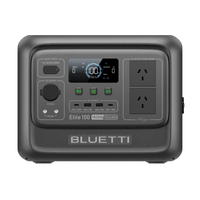
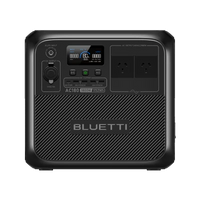
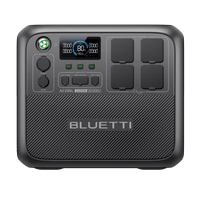
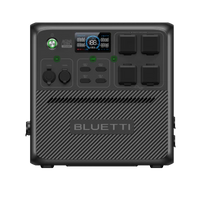
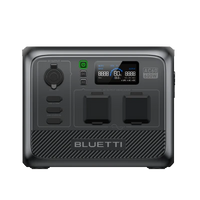
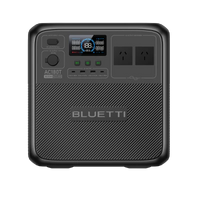


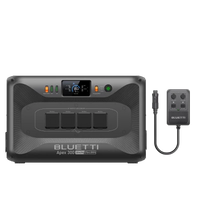

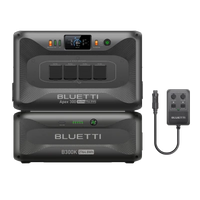
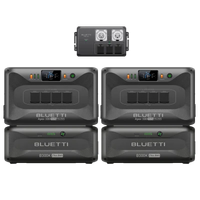
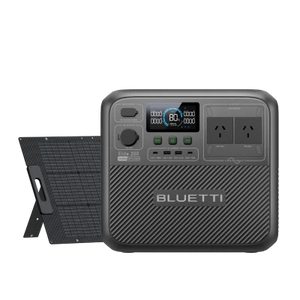
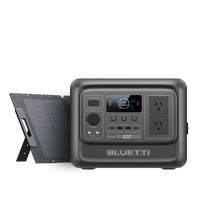
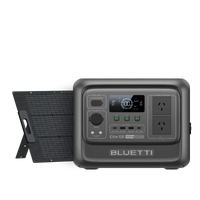
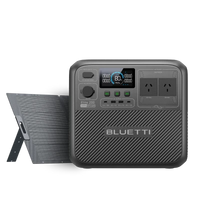
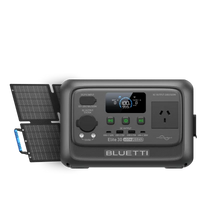
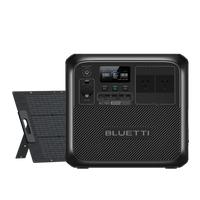
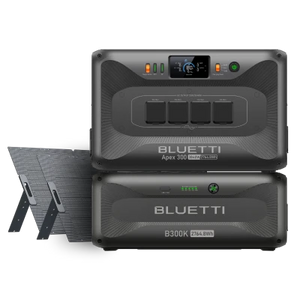
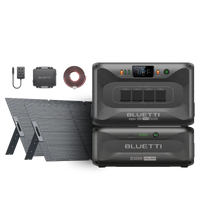
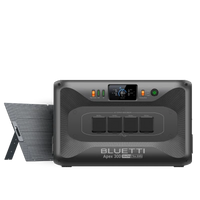
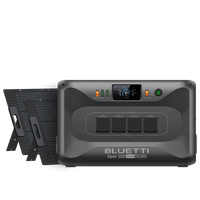
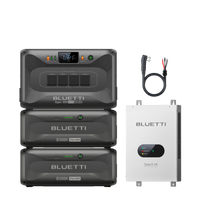

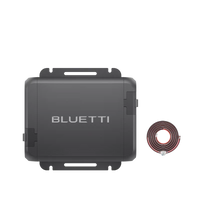
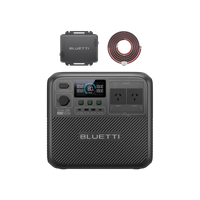
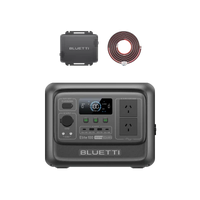
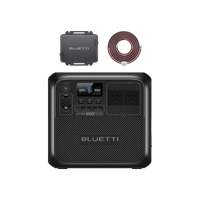
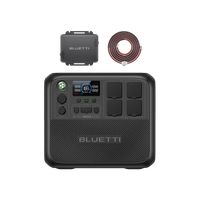
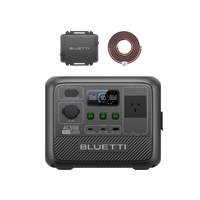
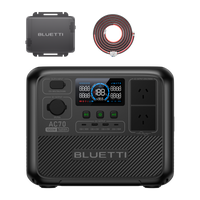


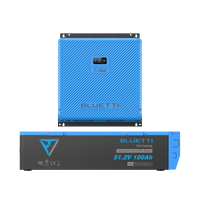
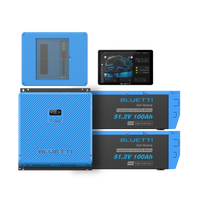
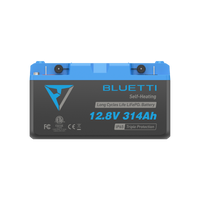
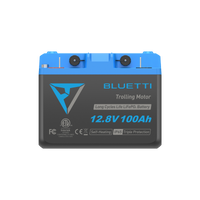
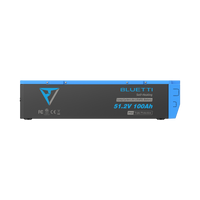
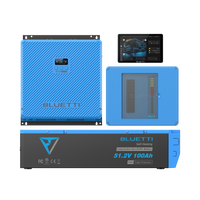
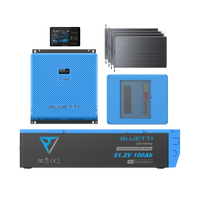
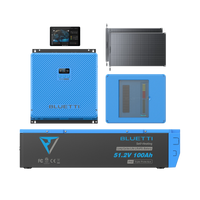
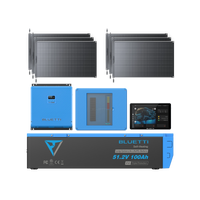
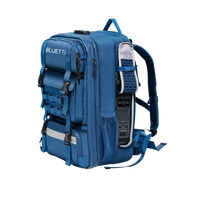
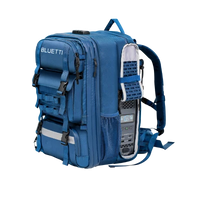
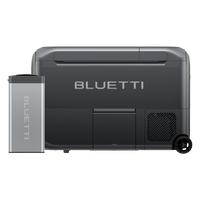
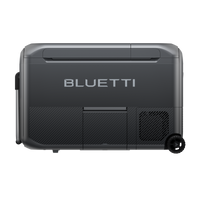
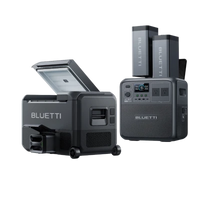
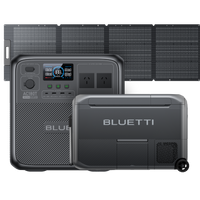
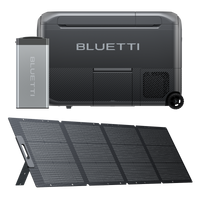
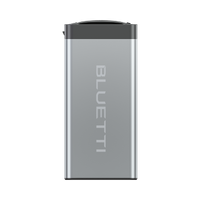
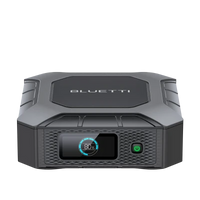
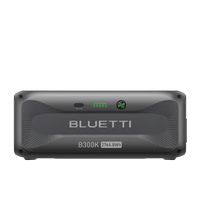

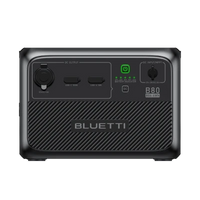
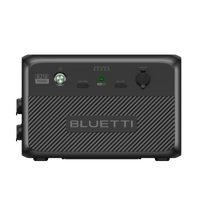

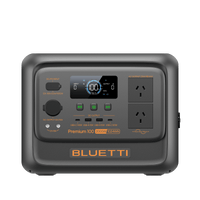
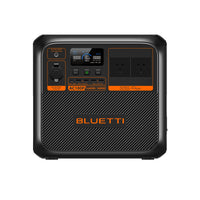

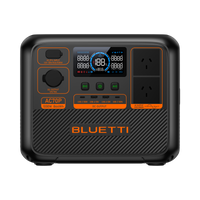
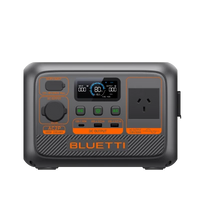
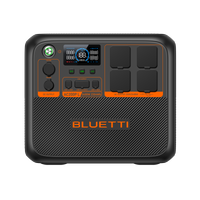
![[Phased Out] BLUETTI B80P Expansion Battery | 806Wh](http://www.bluettipower.com.au/cdn/shop/files/202310025B80P_2000-2000px_4_4caa0c1c-4dab-4272-9e9b-2b7507e5bd81.jpg?v=1713777870&width=200)
![[Phased Out] BLUETTI B210P Expansion Battery | 2,150Wh](http://www.bluettipower.com.au/cdn/shop/files/2_08cf9ef3-03a4-4489-b641-d3edb8094896.webp?v=1716016566&width=200)
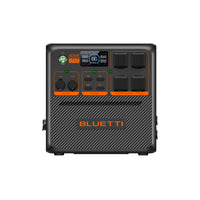
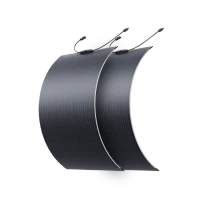
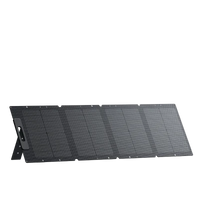
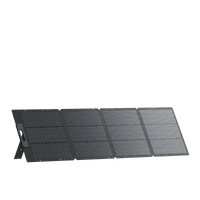
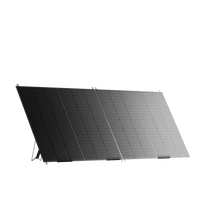

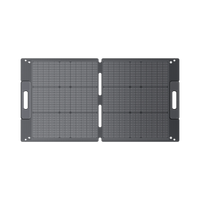

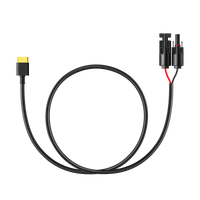
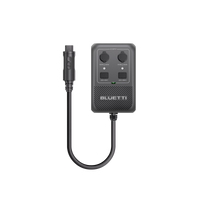
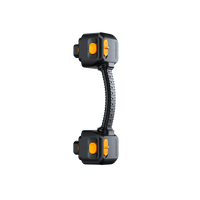
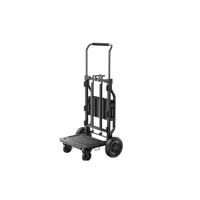
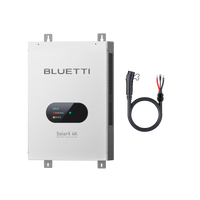
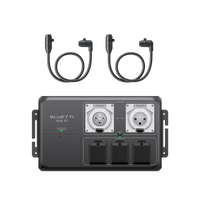
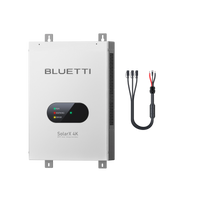
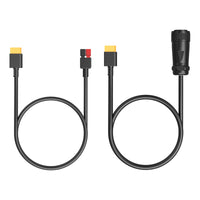
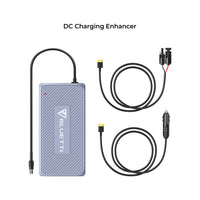

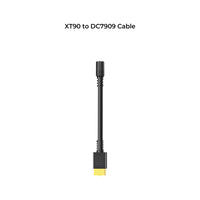
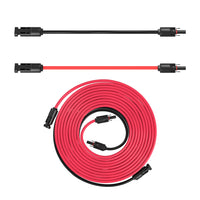
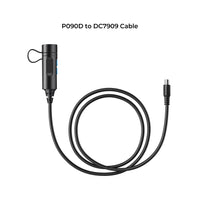
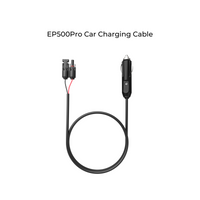
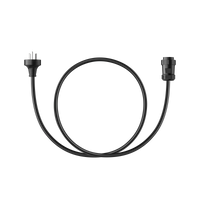
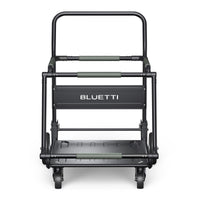
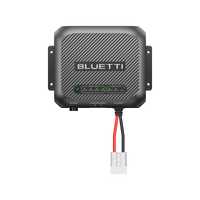
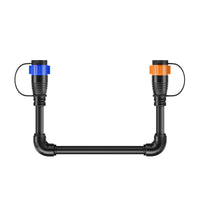



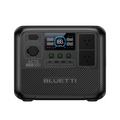
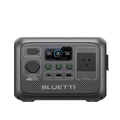
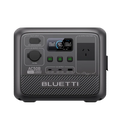


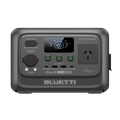
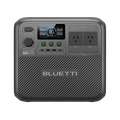
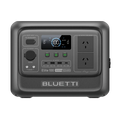
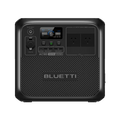
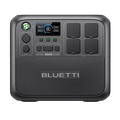
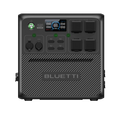
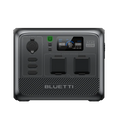
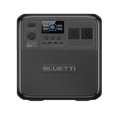


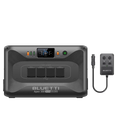

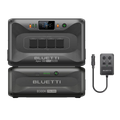
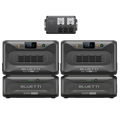




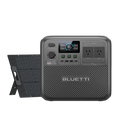
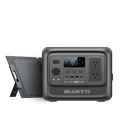
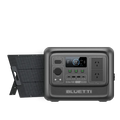
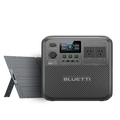
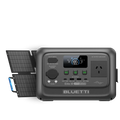
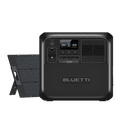
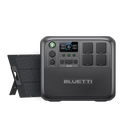
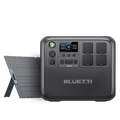




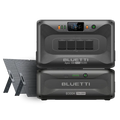
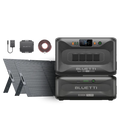
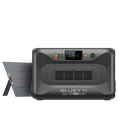
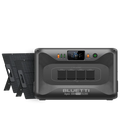
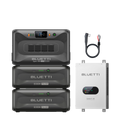

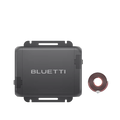
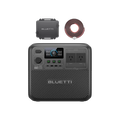
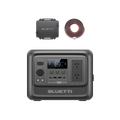
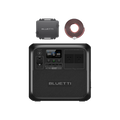
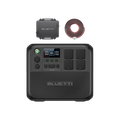
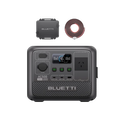
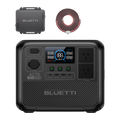
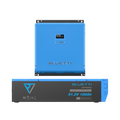
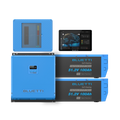
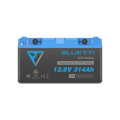
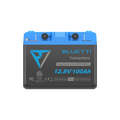





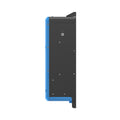


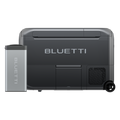
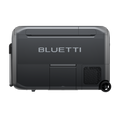
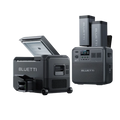
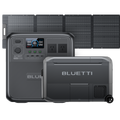
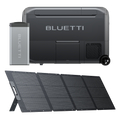
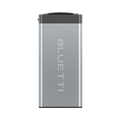
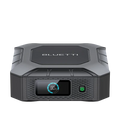
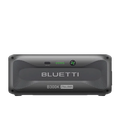

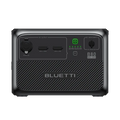
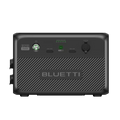

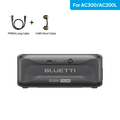
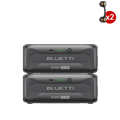
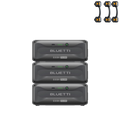




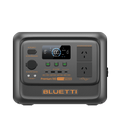
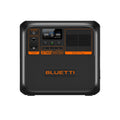

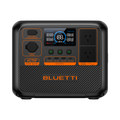
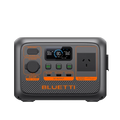
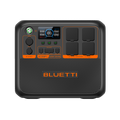
![[Phased Out] BLUETTI B80P Expansion Battery | 806Wh](http://www.bluettipower.com.au/cdn/shop/files/202310025B80P_2000-2000px_4_4caa0c1c-4dab-4272-9e9b-2b7507e5bd81.jpg?v=1713777870&width=120)
![[Phased Out] BLUETTI B210P Expansion Battery | 2,150Wh](http://www.bluettipower.com.au/cdn/shop/files/2_08cf9ef3-03a4-4489-b641-d3edb8094896.webp?v=1716016566&width=120)
